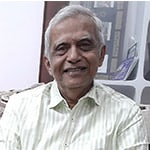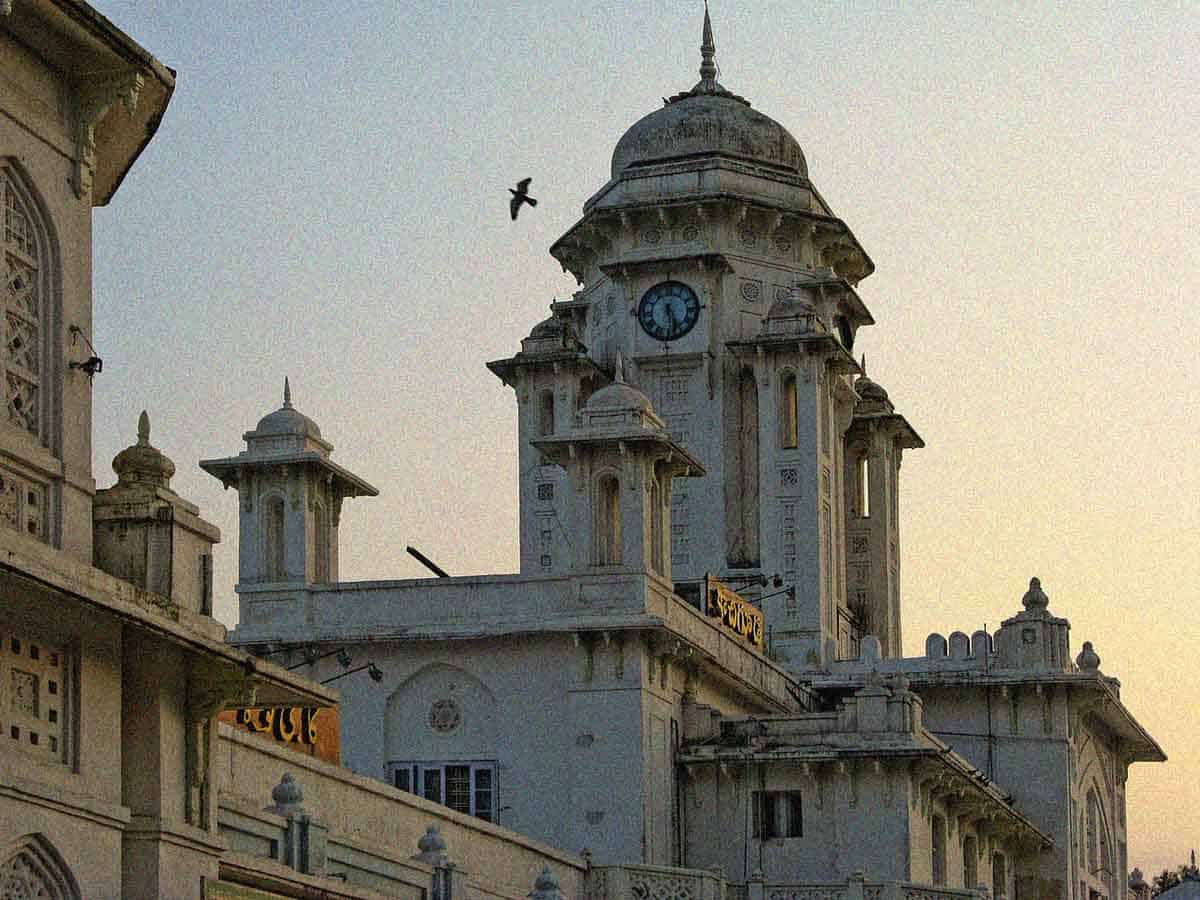
Kacheguda. The very name weaves in my mind vivid images and memories of half a century spent in the close vicinity of the architectural splendour called Kacheguda railway station.
Unlike the staid Nampally and Secunderabad stations, century-young Kacheguda is a beauty to behold with central and side domes and accompanying minarets built in Gothic style architecture. It was the headquarters of the Nizam’s State Railway (NSR) from 1916 till 1950 when the NSR was integrated with the Indian Railways. The Nizam’s State Railway was built in 1879. It spanned 467 miles on the broad gauge and 391 miles on the metre gauge. Kacheguda station continued for many years as hub of the MG section of the Central and later South Central Railway.
A circular park in front enhanced the beauty of the station. It shrank in size by degrees due to pressure of ever-growing traffic. A huge steam locomotive was a star attraction. The park and the loco disappeared to make way for parking lot. Even in the mid-60s, disembarking passengers used to be accosted by tanga-and rickshaw-wallahs and the ubiquitous beggars.
It was said that in the forties the station had two tea stalls, one run by a Muslim and another by a Hindu caterer, serving respective communities. Then there was an ordnance depot near the present post office where a maternal uncle had served as an engineer.
Apart from the romance of watching small steam loco-hauled ‘locals’ (between Bolaram and Falaknuma), we as kids would watch with wide-eyed wonder the circular loco turn-table. These were used to reverse the direction of the loco, which was not possible on a fixed single track. The table was manually moved on the circular track. It was later dismantled to make room for staff quarters.
Another interesting thing was the Nizam’s Royal Saloon housed in a long, curved shed. We used to snatch a glimpse of the train through the gaps in the gate. Rulers of the princely states like the Maharaja of Mysore travelled in ultra luxurious private saloons comparable to today’s Palace on Wheels. In contrast, the Nizam’s saloon was said to be austere looking. The saloon of the world’s arguably richest man, it is said, did not even have a chair. In a blog Charminar Connection, Parvez Hussain, who lives in Canada, writes: There was a floor with covering in the middle, on which the Nizam offered his daily namaz (prayers) and read the Quran and two living quarters on each side of the floor. The Nizam’s lucky number was 13, so was the number of his saloon. The coach was built in 1917 and he travelled in this coach with bare necessities. A number of the private saloons of past Princes and Maharajas, including the Nizam of Hyderabad, are housed at the Rail Transport Museum in New Delhi.’
Unlike the electric trains of Mumbai or Chennai, suburban trains in Hyderabad reflected the contemporary laid back culture. The frequency of services was less and coaches sparsely occupied, except during office and schools hours. Orange coloured nariyal ki mithai and time-pass chana bataana were in good demand.
Life for people living behind the station was pretty hard. They crossed the track at great risk to life, unsuspecting people losing life or limb in the process. The underpass for vehicles and the over-bridge near the post office came much later.
Not many of our youngsters may know that the present TSRTC was once part of the Nizam’s State Railway (NSR). The bus service was launched on June 15, 1932 covering about 450 km with a fleet of 27 buses.
I saw a diamond-shaped “NSR-RTD” signpost, relics of the happier times, as recently as in the 1990s in front of the Dilkusha guest house on Raj Bhavan road. A vintage bus greets visitors to the RTC headquarters at Musheerabad.
Times have changed. Everything has changed.
Dasu Kesava Rao is a seasoned journalist who has worked, among several newspapers, with The Hindu and served as its Bureau Chief in Hyderabad.

